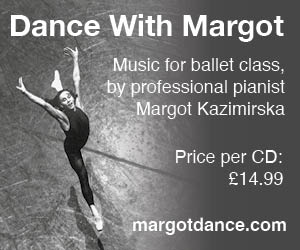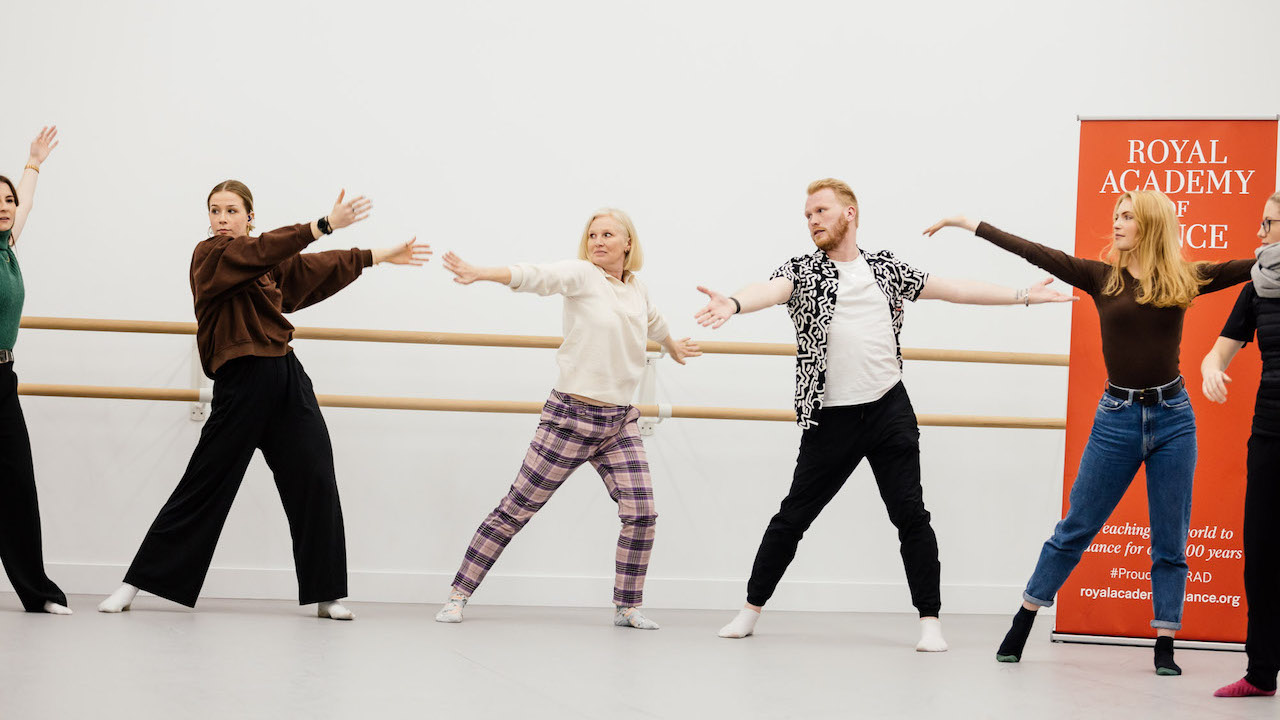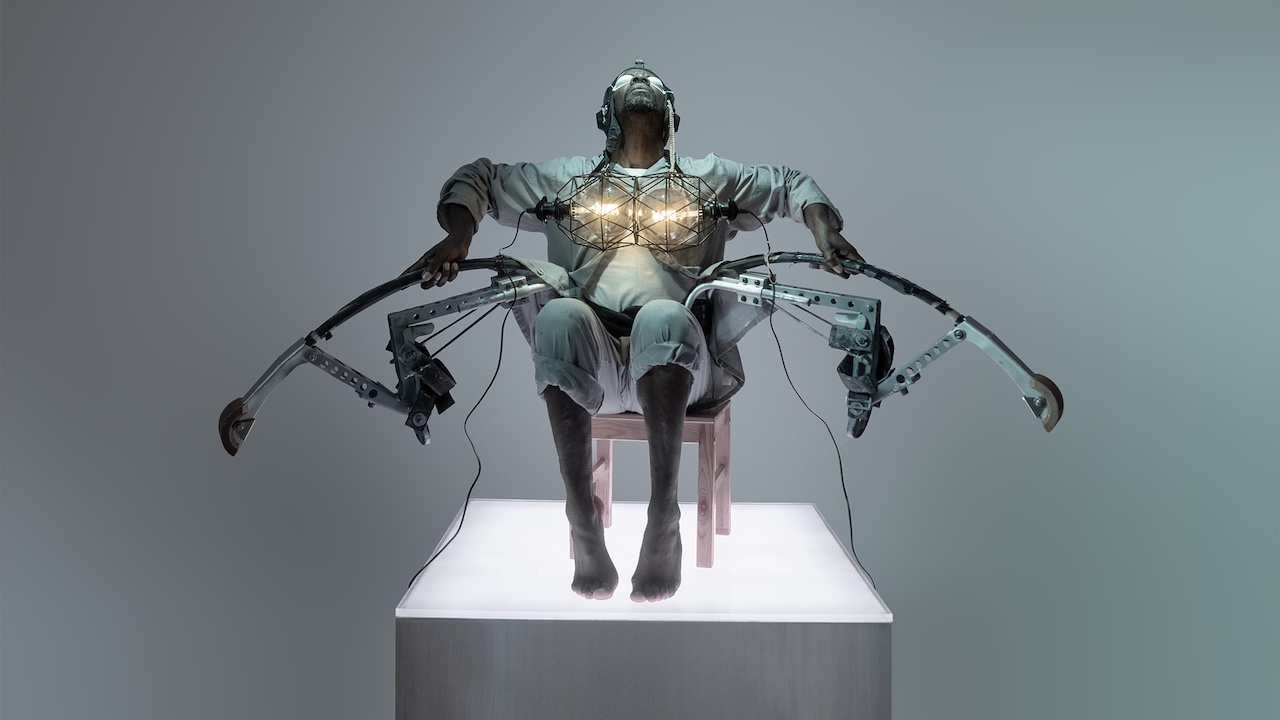Life is busy for David Hallberg. The artistic director of the Australian Ballet has been devising his company’s 60th birthday celebrations and leading its first international tour (to London) since before the pandemic. At the same time, the dancers are taking industrial action in a dispute over pay: leadership involves as many challenges as rewards.
Only a few years ago, Hallberg was himself a dancer, one of the starriest. Elegant and heartfelt, he was a principal at American Ballet Theatre and, unusually, at the Bolshoi Ballet in Moscow. His trademark was the princely roles central to classic ballets: in Giselle, Swan Lake and The Sleeping Beauty.
How quickly things can change. In early 2020, as he was due to dance Swan Lake in London, the world went into lockdown. He had already been appointed to succeed RAD Vice President David McAllister at Australian Ballet, and found himself ‘on a plane to Australia before the borders closed, to get my feet wet as the new director here.’ It marked a decisive end to his old life.
Onstage, Hallberg projected assurance – offstage, as his candid memoir A Body of Work explains, he felt far less certain. He doesn’t mask periods of unhappiness and anxiety – the book was written during a serious injury and his rehabilitation with the expert team at Australian Ballet. When we recorded Why Dance Matters, the RAD podcast, it was reassuring to hear him sound like someone who was exactly where he wanted to be.
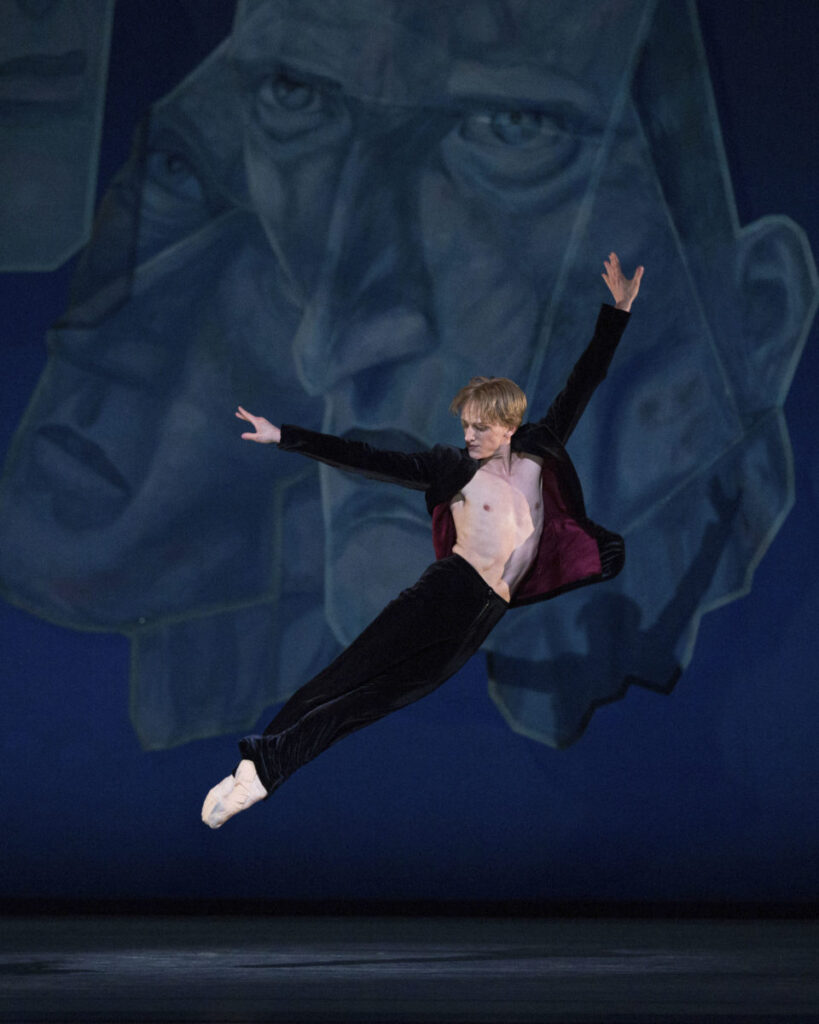
What first attracted you to dance?
The allure was seeing Fred Astaire on tv – it was sheer enjoyment, fun, passion. I was doing tap, jazz, competitions and all that stuff. Then when I found the passion for classical ballet, it was fun, yes, but what I loved more was the work ethic. The hard work, the dedication, the focus, the sweat. I craved that kind of focused atmosphere.
Have you always been drawn to pushing your limits?
Much to my detriment, because I famously had an injury that lasted two and a half years. I abused my body and my instrument: I didn’t listen to it, I learned the hard way. But I don’t look back ever in regret of that journey or that path I went down, because honestly I’m artistic director of this company because of that formative time of injury and rehabilitation.
Being a dancing boy isn’t always easy. How was your experience of it?
This goes beyond wanting to dance, this goes to who someone is, in an existential way. When I was young I was just being me and I was called all of the names in the book. I didn’t understand what I was doing wrong – and then I found dancing and fell in love with it.
I didn’t understand what was so weird about it. My empathy for whoever taunted me when I was a kid has changed. Forgiveness is really important. But throughout my career I’ve had young guys dancing – and their parents – reach out to me and my parents seeking advice about getting through the hardships of growing up and being bullied. It was very scarring but obviously it taught me some great lessons.
‘Being bullied is hard. But you will get past this. Just keep fighting’
David Hallberg
What advice do you give them?
First off, there’s a ton of sympathy. I typically say: I know this is hard. There’s no doubting that you want to be accepted by your peers, that words hurt. But you will find a moment where you rise above it. You will get past this, you will succeed. Just keep fighting. Fight for that you think is worth fighting for. Because as bad as it got in school for me I never once questioned whether I should continue to dance or not, that was my refuge. It was just a matter of weathering the storm.
Did the prince roles in classic ballets come easily to you?
To me to a certain degree. Playing the prince in The Sleeping Beauty and Nutcracker and so on – I felt a lot of pride and it was an honour to interpret these roles. But there’s another side of me as an artist – if I have any regrets it’s that I didn’t tap into my true artistic hunger and sensibility in terms of work, choreographers and exploration that is the absolute opposite of being a prince.
What did going to live and dance with the Bolshoi in Moscow teach you?
How you survive! I went to the Paris Opera Ballet School when I was 17 and spent a really hard year there. The kids were not nice to me, I was pushed in the back of the studio and it was one of the most formative years of my life. I would not take that experience back. It made me who I was, it made me focus even more. The same in Moscow. Moscow is not a forgiving city, it can be very unfriendly, and when I went to Bolshoi there was a ton of pressure. It just made me hone in on: how can I learn from this? How can I grow from this? It was so rewarding in that sense.

Was it easy to be an out gay man in Russia?
It was a conservative environment but in the environs of Bolshoi Theatre I was very much myself. Everyone knew I was gay and I didn’t live a closeted life in Moscow. It is a very different society to live in as a gay man, at times very repressive. But not where I worked and not the friends I had – that was very open, very accepting.
The invasion of Ukraine has left Russian dancers isolated – do you still hear from your former colleagues?
I can’t speak for them, because I’m not going to presume to know what their experience is, but I do still speak with colleagues there. I have very dear friends that still live in the country, and I have dear friends that have left the country because of the conflict.
As the Australian Ballet marks 60 years, how do you define its identity?
There’s such a rich history in 60 years of the Australian Ballet. Nureyev and Fonteyn came here and a lot of our roots are from the Royal Ballet. But what’s so beautiful about this company is its Australianness. One of the things I was first attracted to is their warmth and that’s what I feel makes them so unique. When you watch the Australian Ballet perform, you’re seeing dancers of a fabulous calibre. But you’re also seeing a humanity and warmth on stage and that I think sets us apart from other companies.
How does it feel to be responsible for a company of dancers?
When you become an artistic director it is not about you anymore, and I wholeheartedly welcome that. I had 20 years where I worried about my body, my performances, my costume. It was all about me – and as a dancer it has to be. It’s a very selfish career. Now I have 77 dancers with ambitions, and I’m developing them individually and as a group. I’m bringing this organisation forward with new risks while adhering to their beautiful 60-year traditions. It’s about something other than yourself – which, truth be told, is so refreshing.
‘When I first got to know the dancers, I partied and got drunk with them. But I’m not one of them anymore’
David Hallberg
Does the dancers’ current protest action remind you that you’re no longer one of them?
That’s probably been the hardest transition, to be honest. When I came to dance with this company as a guest artist and spent over a year rehabbing my foot with the team here, I got to know the dancers. I danced with them, I partied with them, I got drunk with them. Now I don’t do that – I lead, guide, nurture and develop them, so the biggest transition is what happens when you walk into the room. It’s not as casual anymore. It’s been the biggest adjustment because I’m not hungry for that side of the responsibility – that kind of power a director has makes me uncomfortable. I have to accept it, I’m not one of them anymore.
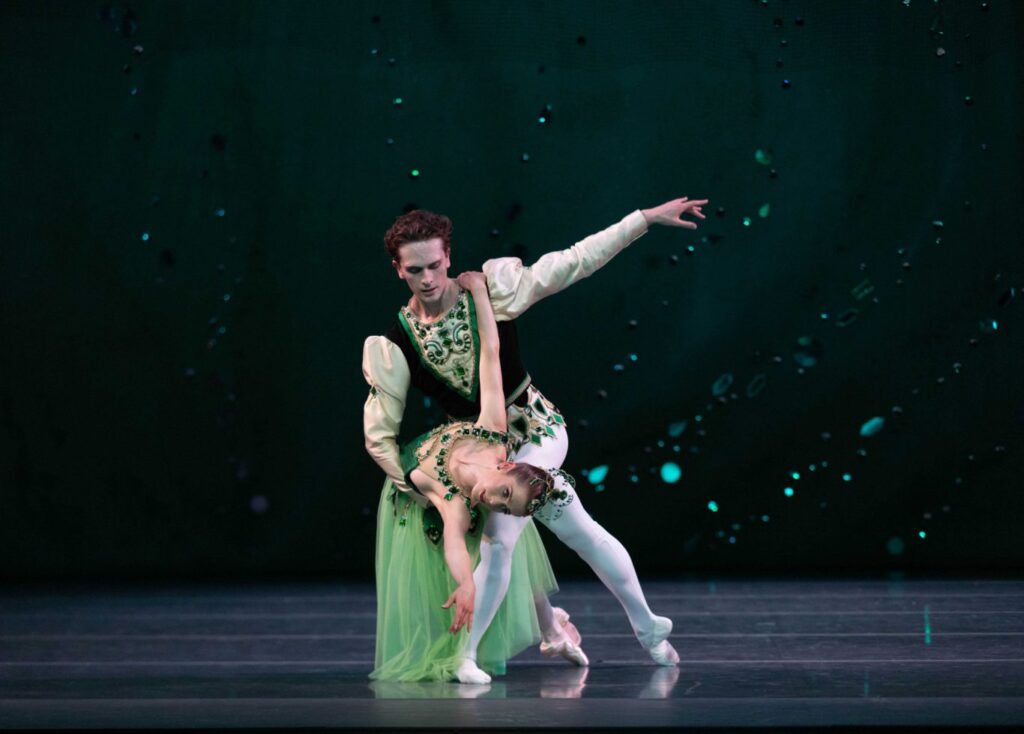
You danced in Kunstkamer with the company – will there be other performances?
That would at this stage be a no. I think those days are finished. I only returned in Kunstkamer because Sol Léon [the choreographer] talked me into it and it was a great vehicle to share with the dancers. But there’s no plan to come back in other repertoire. My devotion is to the position I have right now and it was part of the decision I made when I accepted the job – it’s time to move on.
Why does dance matter to you?
When I first had the spark, when I was nine years old, it was – and still is – my reason for existing. It’s a force stronger than me.













